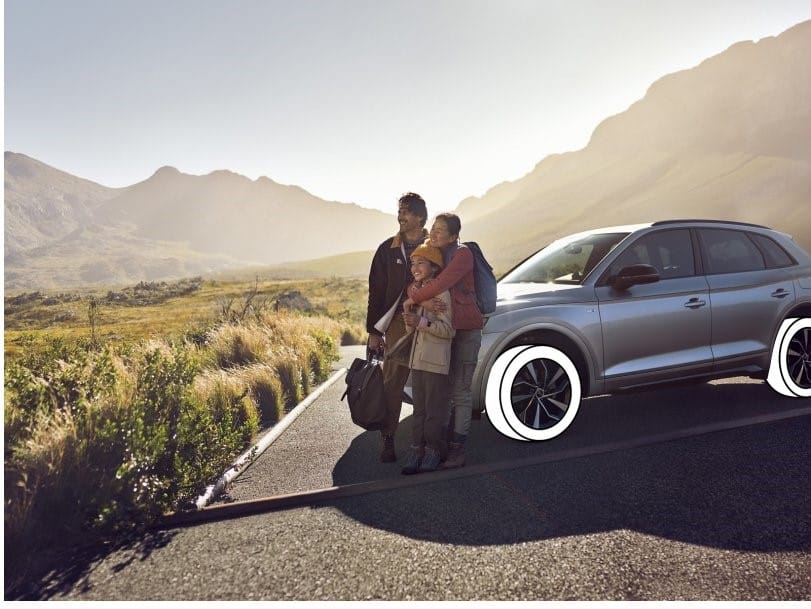2013-2020 ambition to launch products in 2020 : offering more performance with less material and avoiding more than 8 million tons of CO2 emissions compared to the supply available in 2010

Terms of the action or commitment
Tires Life Cycle Analysis shows that 90% of CO2 emissions occur during the rolling phase.
20% of the fuel consumption of a passenger vehicle and 33% of that of a heavy goods vehicle is attributable to the tyres.
The growing demand for mobility means investing massively in the eco-design of tires in order to reduce our impact on natural resources.
In this context, Michelin aims to
- reduce the carbon footprint of Michelin tires by 20% between 2010 and 2030 by significantly improving their energy efficiency
- continue and maintain its research efforts. Every year, the group’s R&D invests more than 600 million euros to improve the eco-design of tires. By offering lighter products, with adapted architectures, materials and sculptures, the Group can significantly reduce the rolling resistance of its products, thereby limiting the fuel consumption of vehicles equipped with these solutions tires. This eco-design is one of the cornerstones of the group’s circular economy commitment.
Levers mobilized for circular economy (according to Ademe)
Implementation timeline
Starting year
2013
Ending year
2029
Main actors mobilized
Internal actors
R&D; Passenger cars and Trucks business units
External actors
The Group works with many partners: private manufacturers, public funder (in particular ADEME for tires with very low rolling resistance).
Geographic area
Group scope 77 production sites and sales in 170 countries
Photo / Video
2022 follow-up of the action
Date of follow-up
December 2022
Methods of validation of the follow-up
Internal
Status of the action
In progress
Completed
a) Results
Achieved
Partially achieved
Not achieved
Cancelled
Comparison with the projected pace in the last publications
Keeping up with the times
In advance
Delayed
Company's comments
1A. offering more performance with less material – 10% improvement vs an internal indicator (PRM total performance):
With an index improving by 11.6%, the objective is largely achieved in 2020.
1B. avoiding more than 8 million tons of CO2 emissions compared to the supply available in 2010:
Improved rolling resistance of passenger car, light truck and truck tires introduced in 2020 saved 2.7 billion liters of fuel over the life of the tyres, reducing CO2 emissions by more of 6.9 million tons compared to 2010. However, the impact of the COVID-19 crisis on the sales of these products did not make it possible to achieve the objectives of reduction of fuel and CO2 emissions in 2020.


